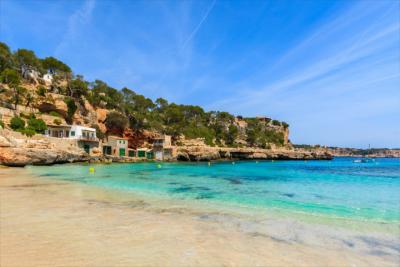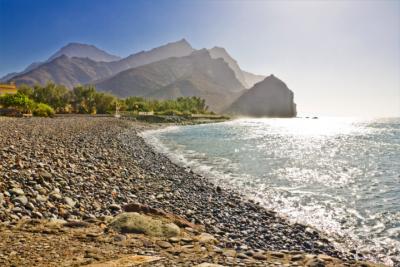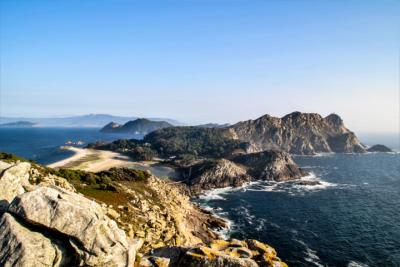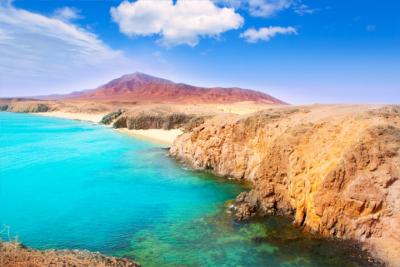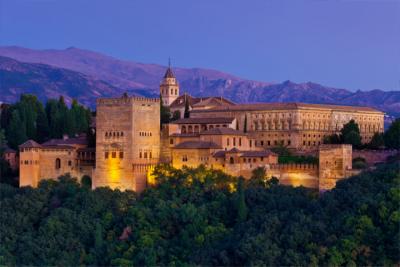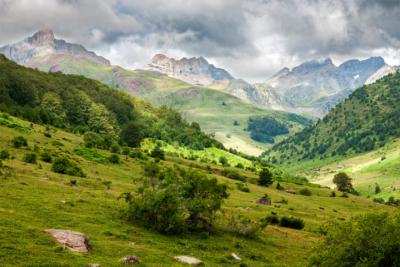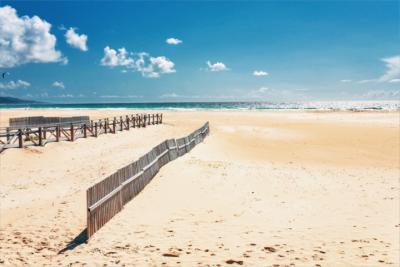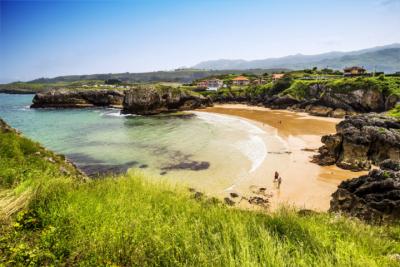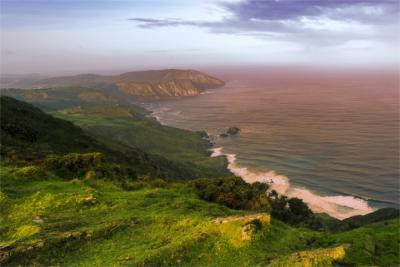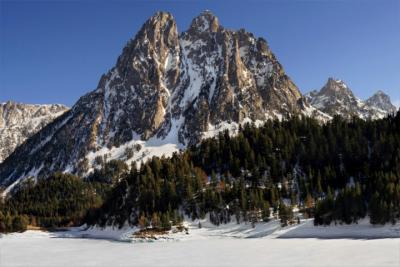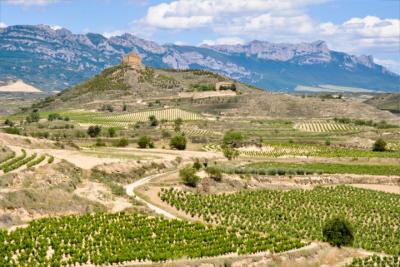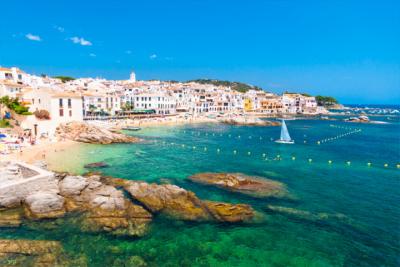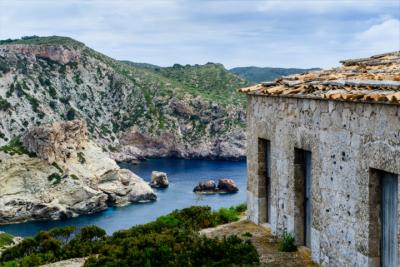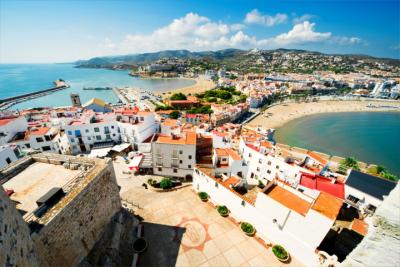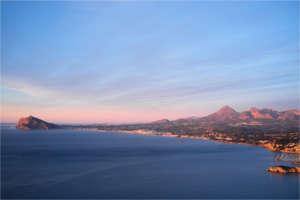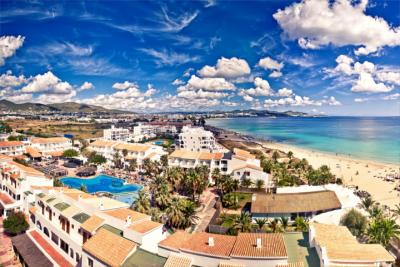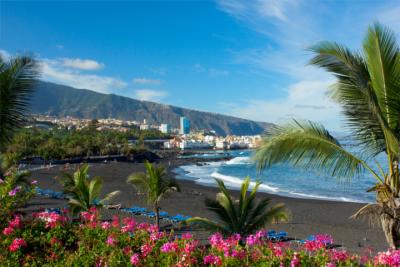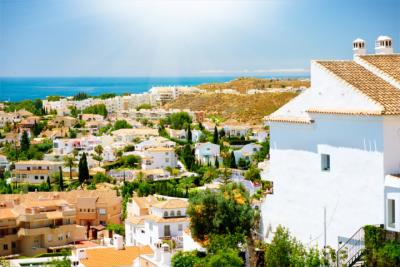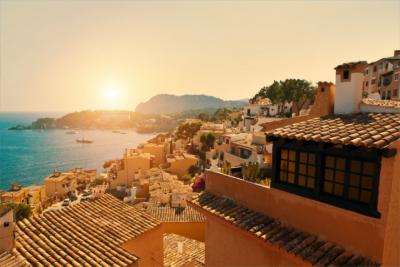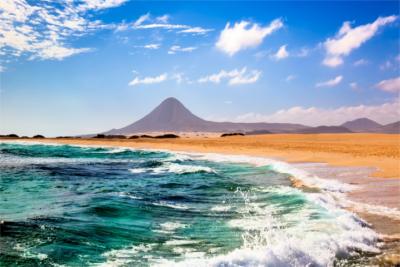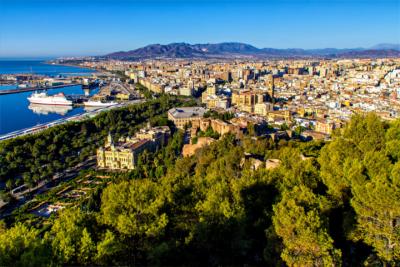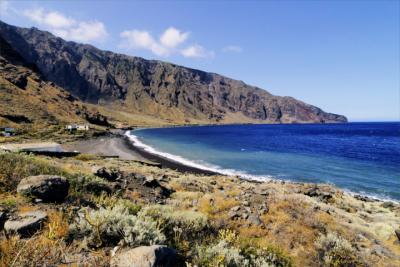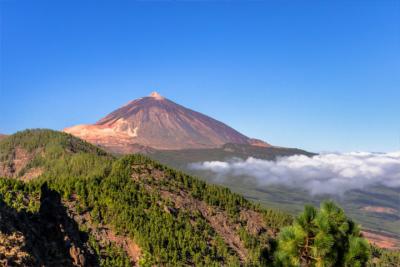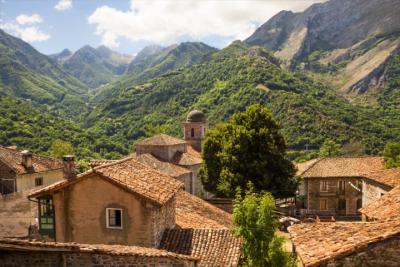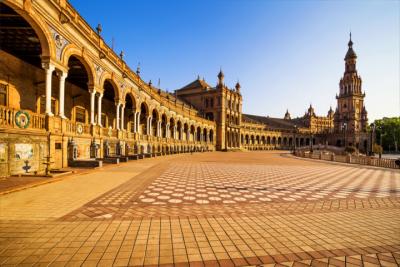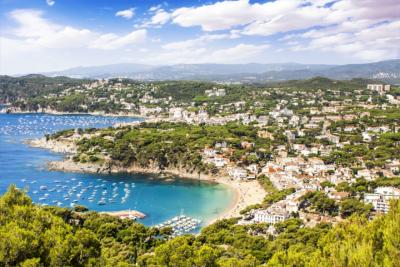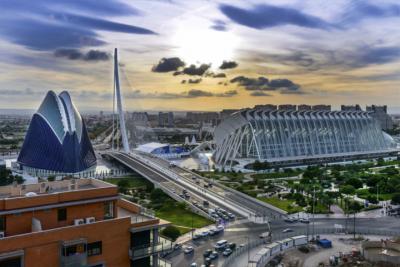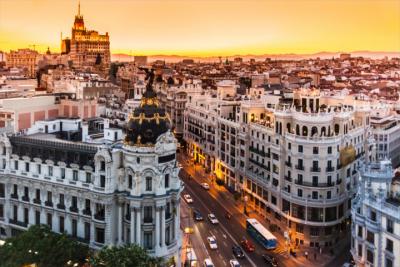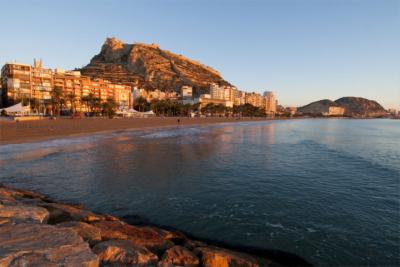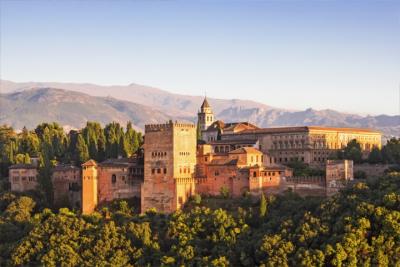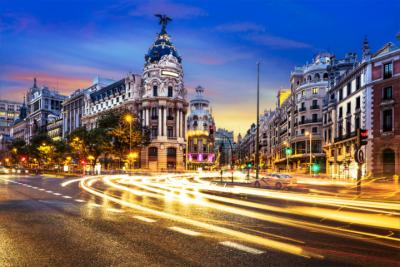Travel Offers
Travelmyne Featureprint
Distance
Minorca - A Placid, Quiet Island Paradise
While people party on Ibiza and Majorca, it is quiet on Minorca. Remote beaches, magical forests and placid strips of land, which create a Mediterranean atmosphere, characterise the island. Visitors can pause here and be captured by the beauty of the wild, native landscape.
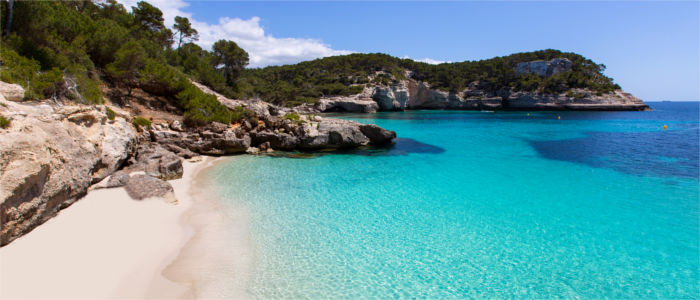
Geography - A mostly hilly landscape
Minorca lies in the east of the Balearic Islands and is the group's second biggest island. The Spanish strip of land is located in the Mediterranean Sea, about 200 kilometres away from the mainland. Minorca is about 50 kilometres long and 16 kilometres wide. In its north you find the mountains of the Serra de Tramuntana, which are crossed by deep valleys and descend towards the sea. The south is covered in hills. They flatten out towards the coasts and pass into beautiful, long sandy beaches. The island's highest peak is the Monte Toro (357 m). Many small islands and rocks surround Minorca, which is known for its mild, Mediterranean climate (between 12 and 26 °C on average). The constant wind in the north is also characteristic of the island.
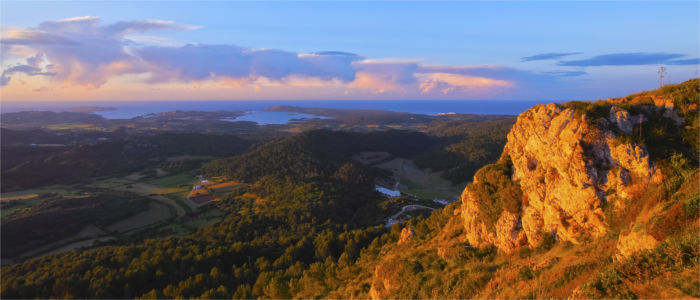
Nature - Mediterranean flair and the Menorquín horses
The island's north is shrouded in mystery. It was and is considered a place populated by mythical creatures. That is no wonder as the dark soils and wild, harsh rocks show the work of mighty powers. Green meadows cover these rocks. Thick pine and stone pine forests are also located here. The rugged rocks at the coast constitute bays and natural harbours. In the south of the mountains, the landscape becomes flatter. Fields of olives, figs and cereal stretch for miles. They are framed by stone walls, which break the wind. Even further south you notice the bright white limestones, which are heavily vegetated. In addition, many wonderful beaches are located there. The breed of the Menorquín horse, which occurs in no other place on earth, is typical of Minorca. Ospreys, birds of prey, turtles, wild rabitts and small mammals are other members of the local fauna.
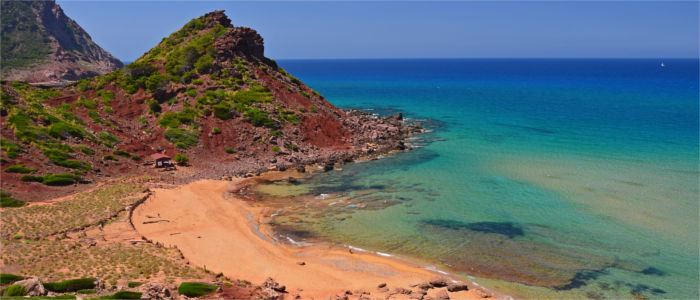
Natural sights - Experiencing the impressive view from Monte Toro
Small but impressive is how you can describe the island's highest mountain, the Monte Toro. Travellers who hike the 357 metres to the peak are rewarded with a fantastic view over the island and the sea. In good weather, you can even see the neighbouring island Majorca. The Pont d'en Gil, the greatest limestone cave in the Mediterranean Sea, is truly worth a visit. Its waters are a wonderful location for diving. On a walk through the conservation area S'Albufera d'Es Grau you experience the lush nature of one of the greatest Balearic wetlands with a big saltwater lagoon, numerous birds (ospreys, cormorants, herons), turtles and fish. The Cami de Cavalls (path of the horses) offers great conditions for hiking. It is a circular route of 200 kilometres of length which runs around the island and contains both less and more demanding sections. You can experience Minorca's unspoiled nature around the Cap de Favàritx with its lighthouses in the island's north-east. Cliffs and rocks of grey-black slate constitute a harsh, wild landscape here. Examples of beautiful beaches are Cala Macarelleta, Playa De Binigaus and Cala Mitjana.
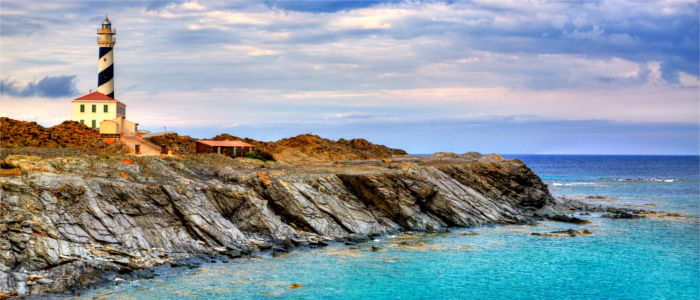
Culture - Majorca's little sister
The first settlers probably came from Europe to Minorca by boat and practised agriculture in the early period. Subsequently, the Phoenicians, Greeks, Romans, Vandals, Moors, Spanish and - temporarily - the British ruled the island in turns. It was already called the small one ("minor") in Roman times, which is the origin of the present-day name "Menorca". The island is still considered Majorca's little sister. Its inhabitants are characterised by their relaxed nature. They value traditions but at the same time they are open towards new influences and extend a warm welcome to foreigners. Many places have folklore groups, which maintain time-honoured dances and music.
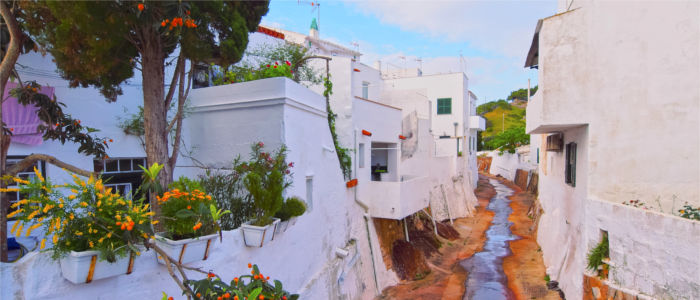
Cultural sights - From age-old monuments to beautiful towns
All over Minorca historical testimonies tell stories of the past. For example the archaeological site Torralba d'en Salort, which emerged around 1000 BC and accommodates an underground hall as well as a mighty T-shaped monument, the Taula. The site Torre d’en Galmés also contains numerous impressive finds and buildings from the early period. Several round and square stone huts, walls, another Taula, a pillar hall and tombs are part of the remains of this settlement, which emerged around 1400 BC. Another fascinating attraction is the elaborate cave system of the Coves de Cala Morell from 900 BC. 14 rooms were built into the rocks over time. Holidaymakers can also explore the past in the island's capital Mahon. Beautiful sights are the town hall, the town gate Pont de Sant Roc, the fortresses San Felip and La Mola as well as the churches Santa María and San Francisco. Besides its cultural treasures, Mahon has a magical natural harbour, which is considered one of the most beautiful ones in the whole Mediterranean region. You can walk along its promenade or make a trip through the dock. Visitors experience the vibrant everyday life on the town's fish and vegetable market. They should also not miss out on the chic, lively town Ciudadela in the west of the island. It is known for its magnificent palaces from the 17th and 18th century and the beautiful churches (especially the cathedral). Furthermore, it also has a harbour which is worth seeing.
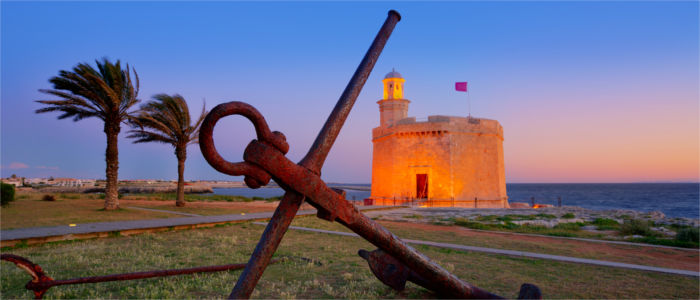
Experience - Enjoying spiny lobster stew in Fornells and cow's milk cheese in Maó
A great place for diving into the island's quiet, calm life is the fishermen's village Fornells. Small beaches and bays are ideal for relaxing or doing water sports. You also find a handicraft market there, which presents local products. The small town is also famous for its delicious food such as spiny lobster stew and hummer, which are typical of the island's cuisine. In addition, exquisite types of cheese are produced on Minorca, which you can taste in Mahon with its famous cow's milk cheese or in Alaoir. The island's savoury dishes are often prepared with mayonnaise, butter and cream. Couples should visit the town Cala Mitjana because it is ideally suited for spending romantic hours.
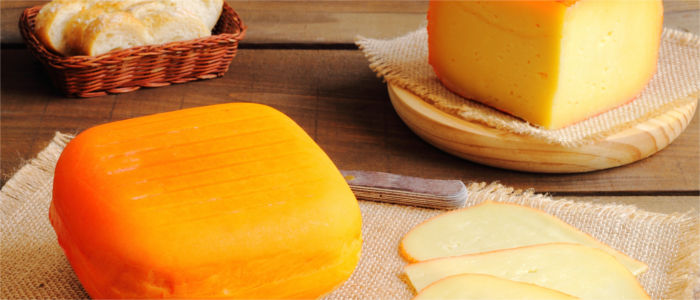
Activities - The sea invites visitors to swim, dive and surf
Fine beaches and the scenic sea constitute the perfect backdrop for relaxing on the island – whether you lie in the sun, walk through the sand barefooted or swim in the pleasantly warm water. Minorca is also considered a great destination for diving. While doing that, you gain insights into the colourful, diverse underwater world, see decomposing shipwrecks or explore bizarre caves and grottoes. Especially the north is excellently suited for going surfing and sailing with its constant wind. Other popular activities are trips into the island's heartland, on which you can hike, cycle or ride on native horses.
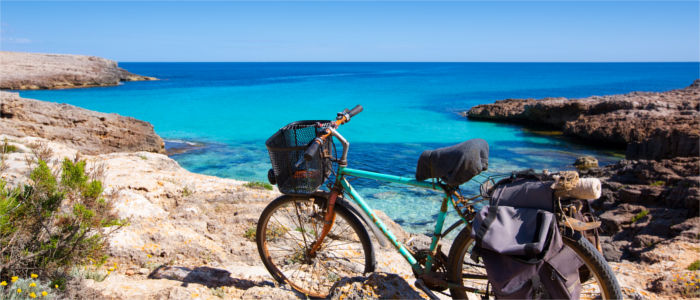
Information
Near Mahon you find Minorca's international airport (MAH). Travellers can also arrive by ship. A car is a great means of transport for exploring the island. Spanish and Catalan are the two official languages.
Travellers who are looking for peace and quiet are in good hands on Minorca. The unfrequented beaches offer first-rate conditions for relaxing holidays at the seaside – far away from crowds of tourists. Furthermore, the island is a wonderful destination for lovers of nature and hikers, who want to take long walks through the beautiful, idyllic Mediterranean landscape.


